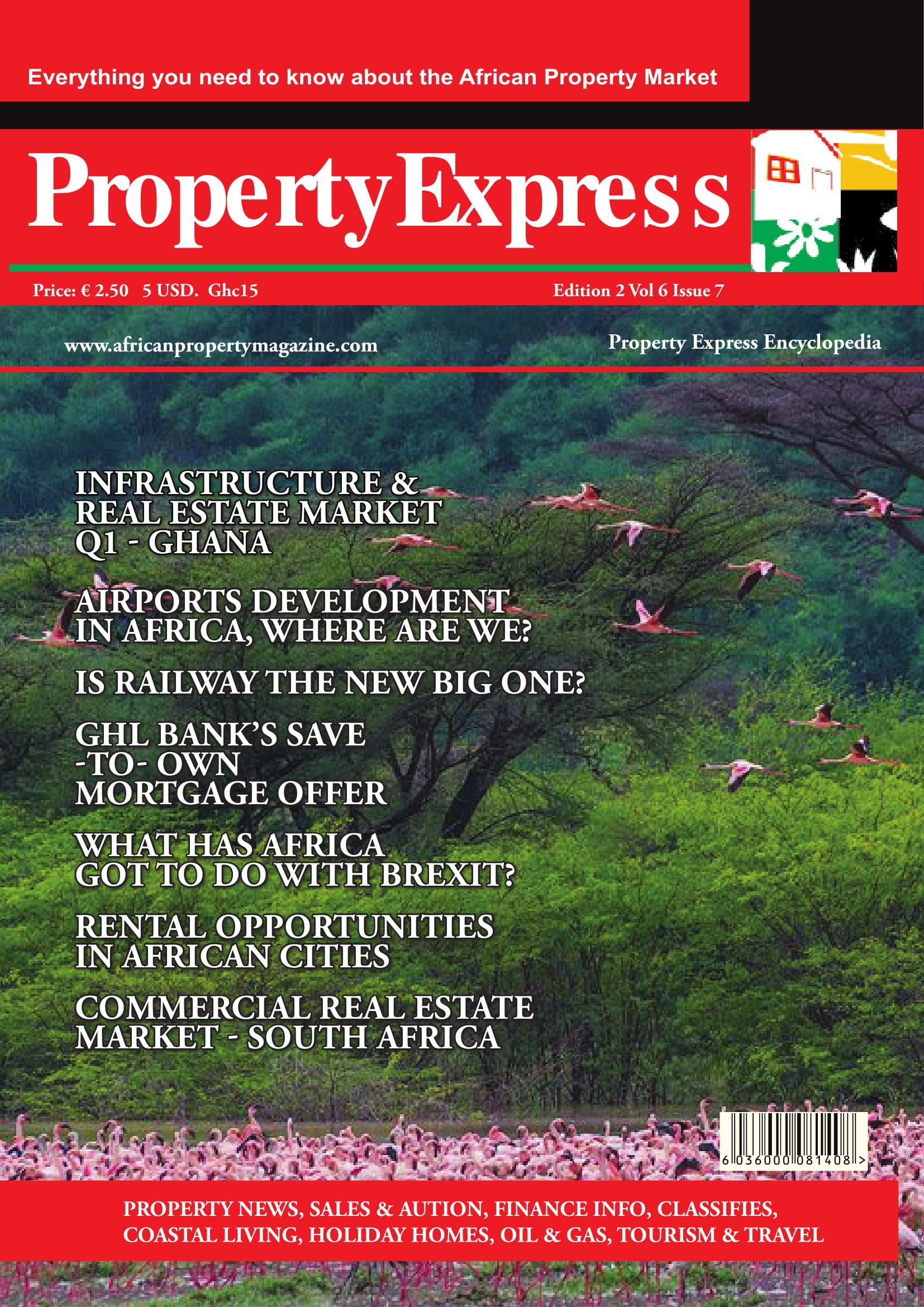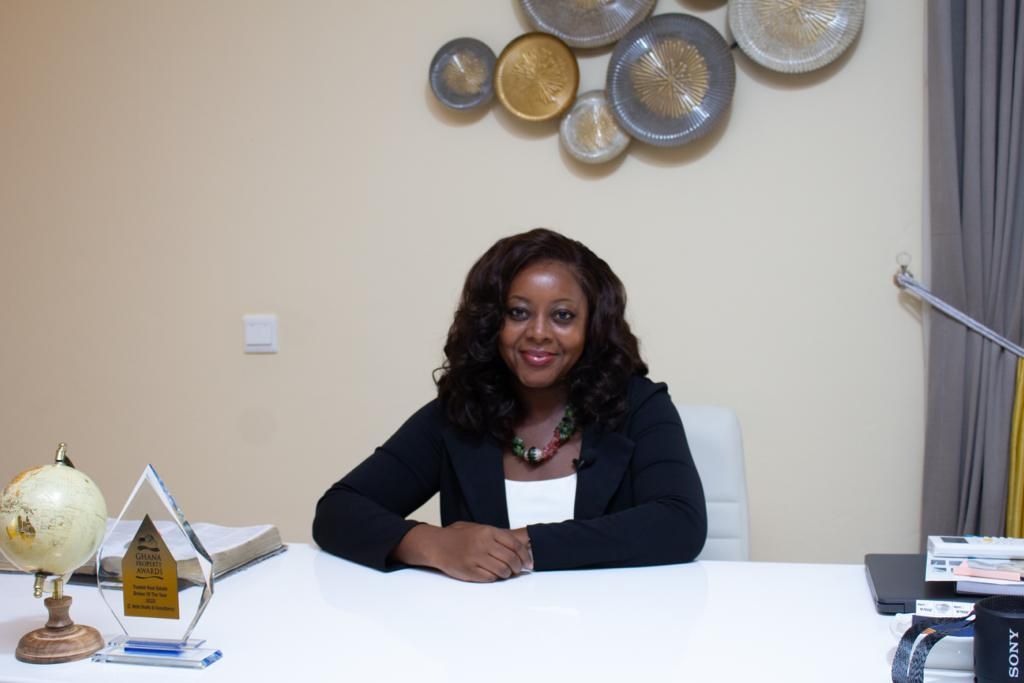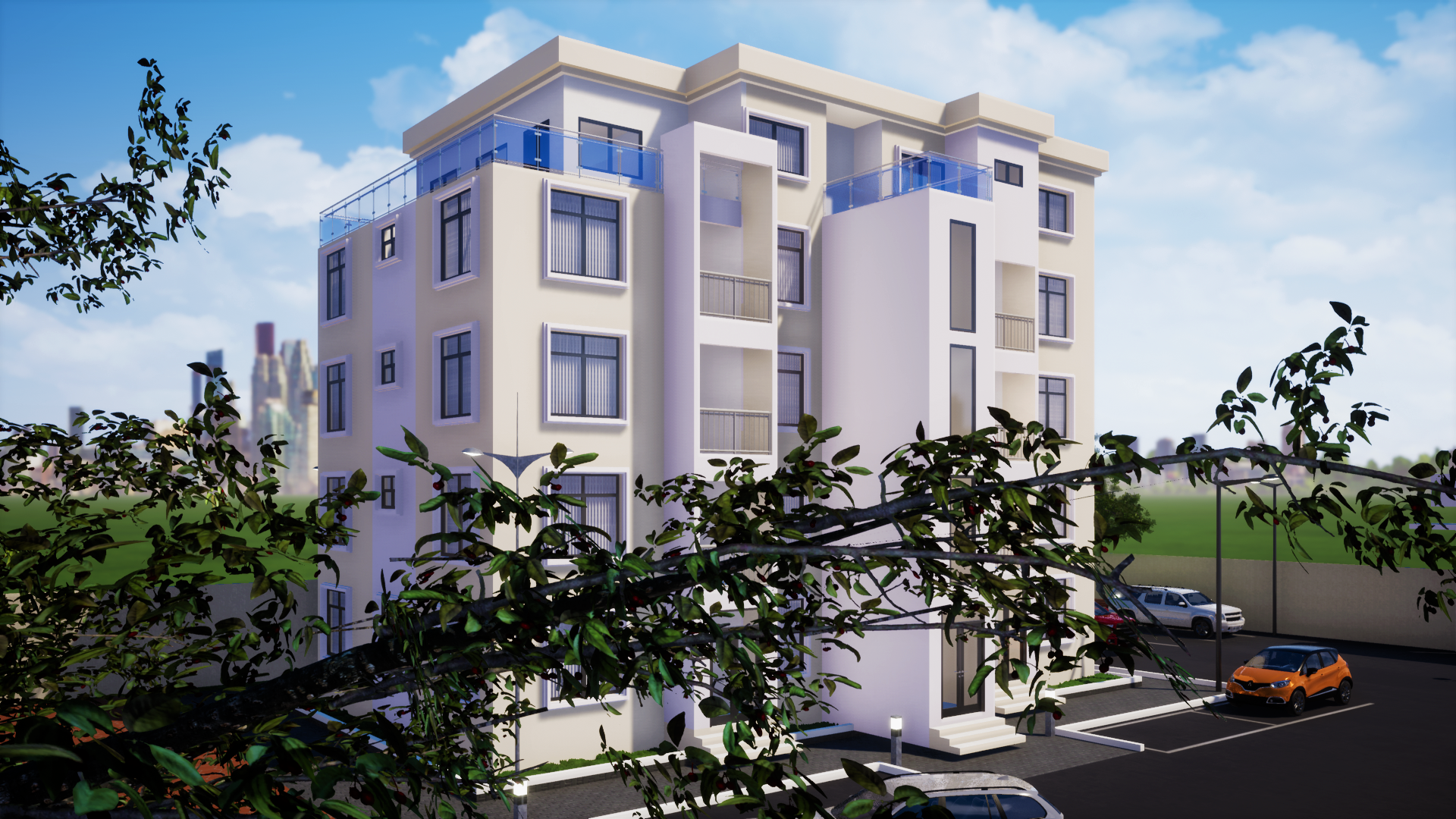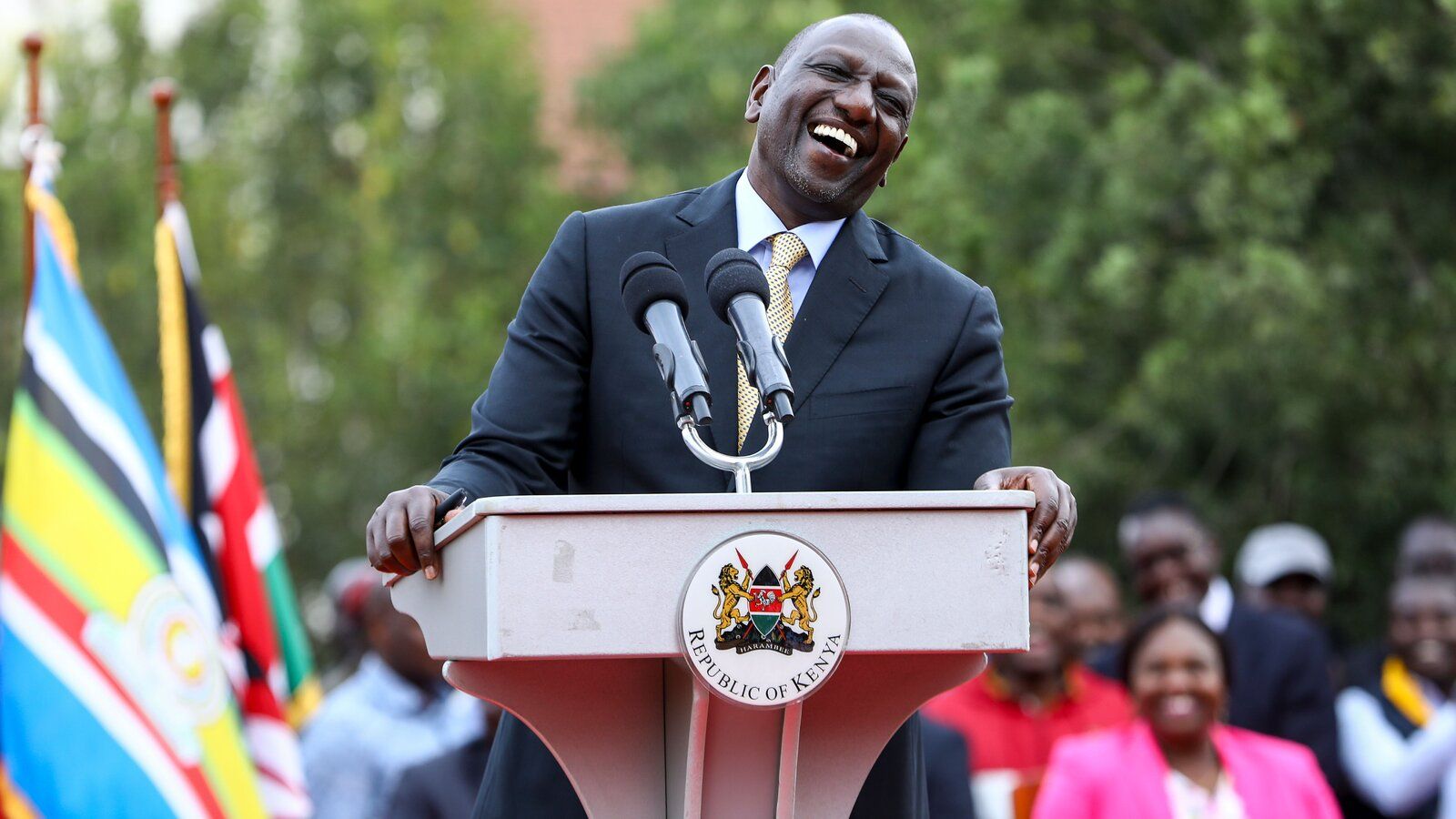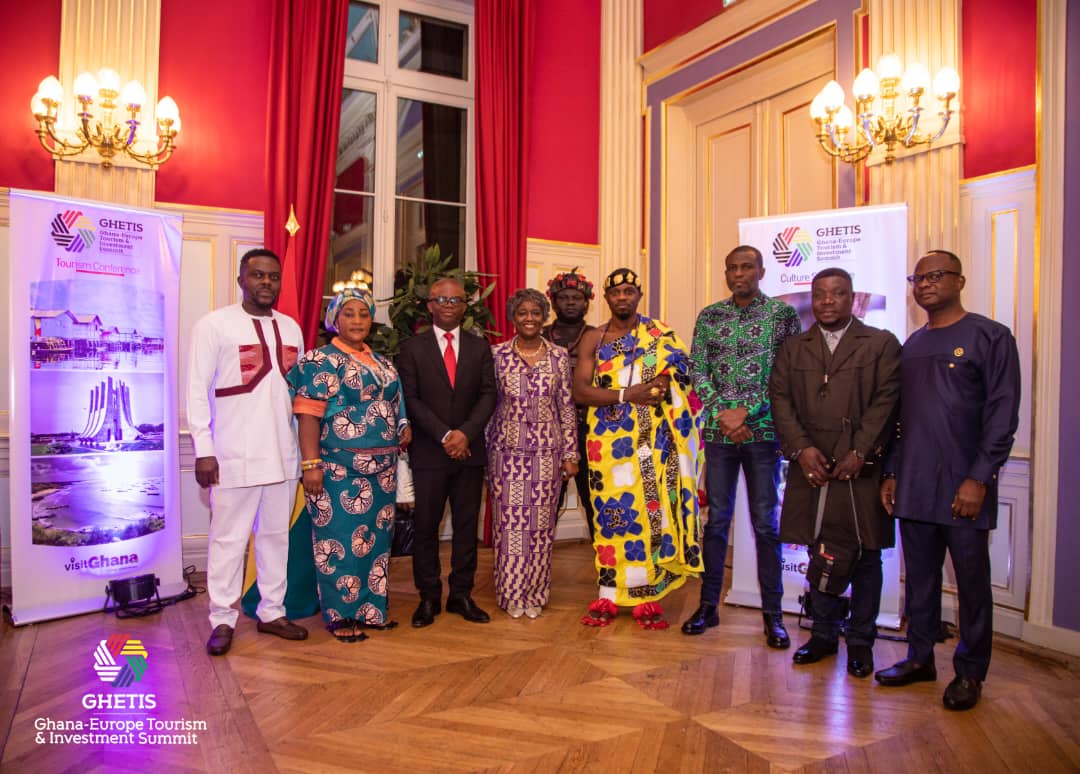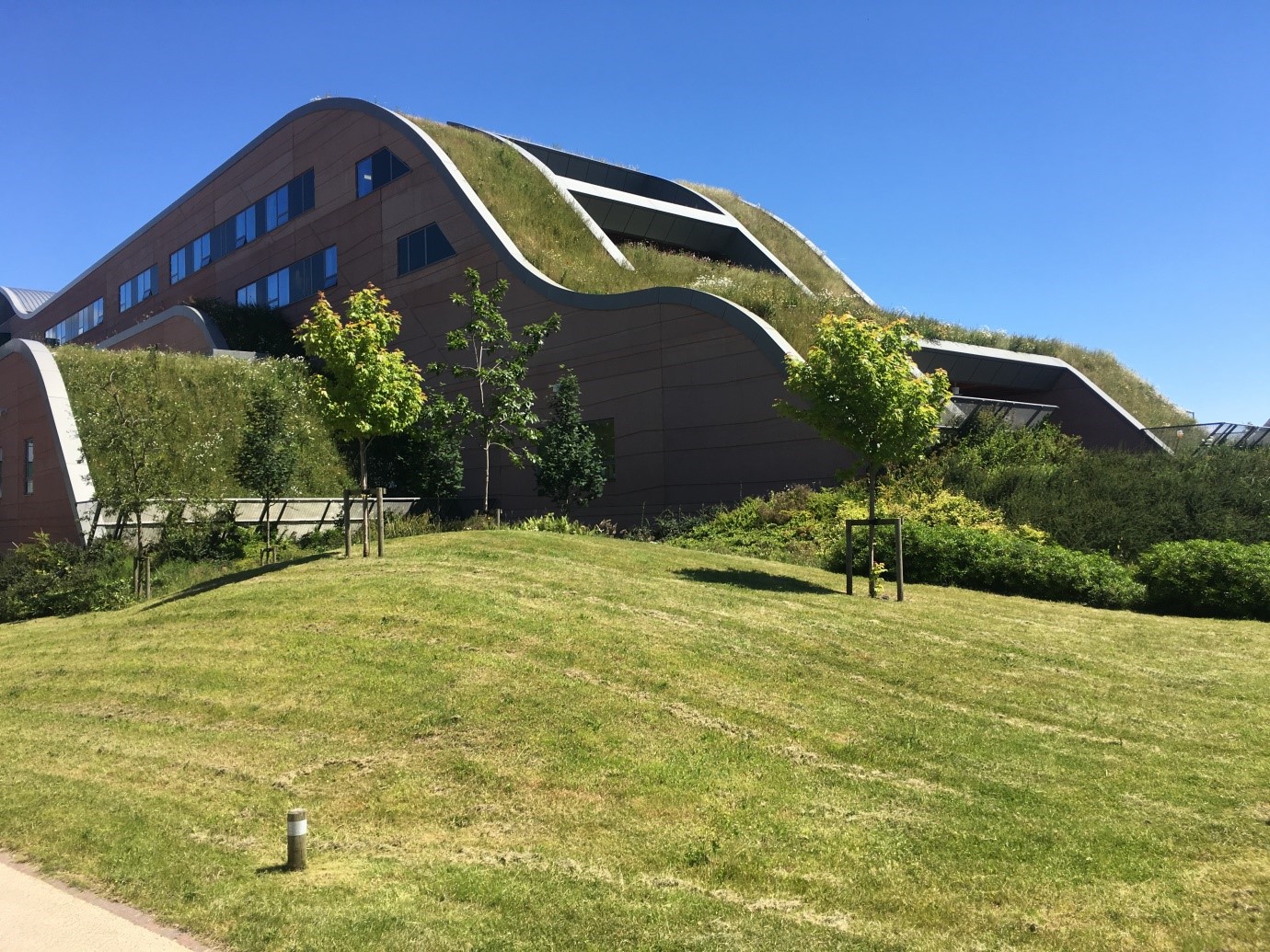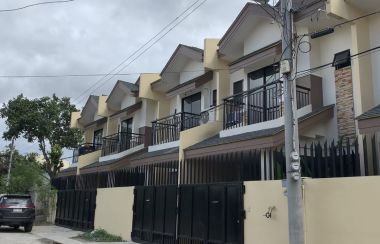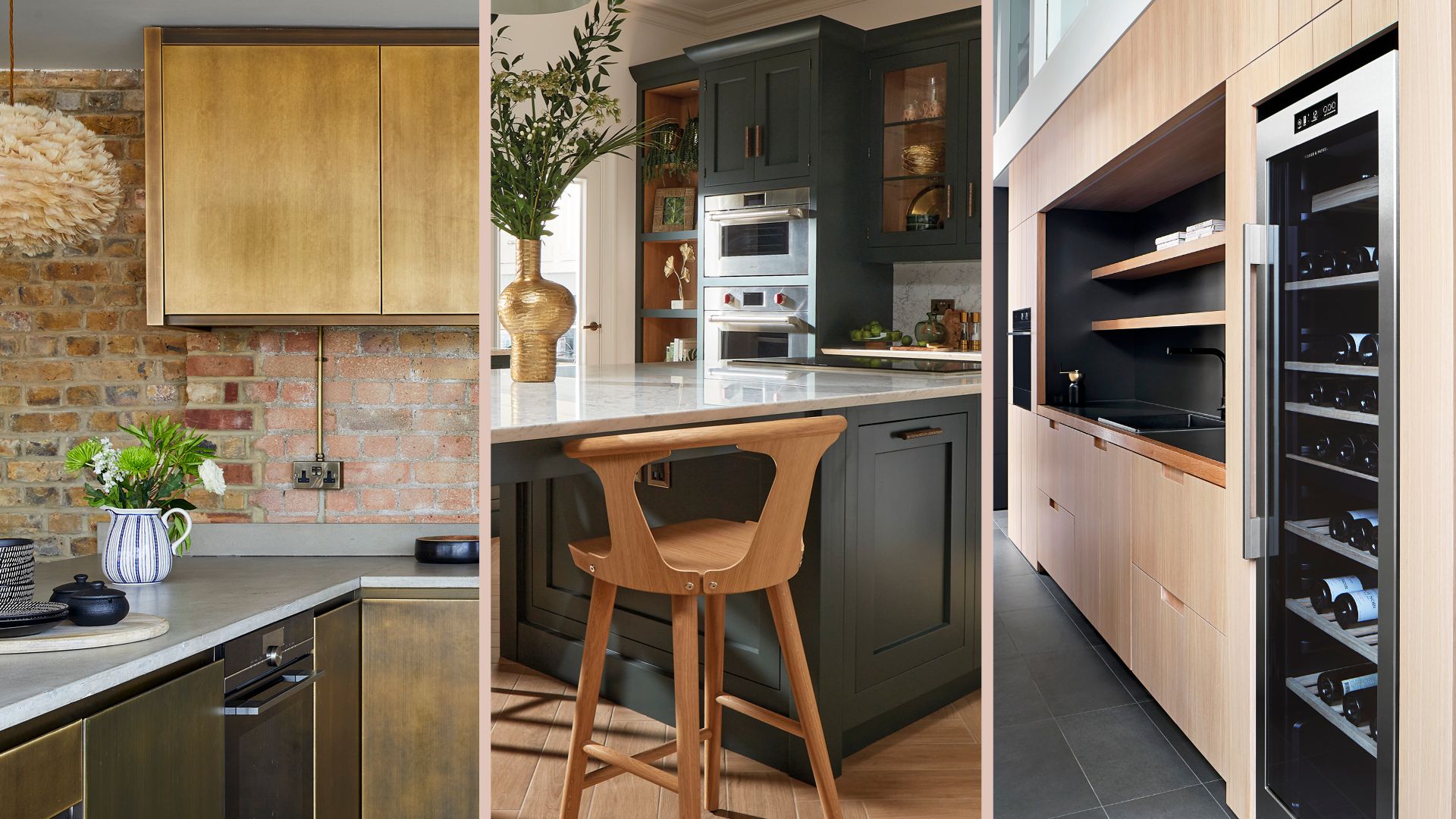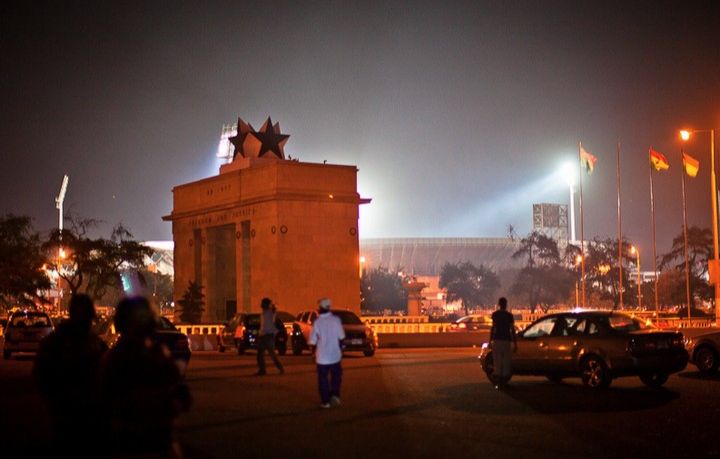Hallmark House: Layers of Luxury, Icon of Transformation

Maboneng, a Sotho word meaning “place of light”, is the rightful name given to the Johannesburg precinct that has become the city’s creative and entrepreneurial hub. Once an abandoned area full of crime and deteriorating factory buildings, this precinct in downtown eastern Johannesburg has now become a symbol of hope and the “poster child” for the city’s dynamic transformation.
However, the story of Maboneng has just become brighter. According to the founder and CEO of Propertuity, the company’s newest addition to the area, the “Hallmark House”, is the most important of all
Hallmark House
The building consists of a sprawling and spread-out view of the City of Gold, which provides residents with a unique and special connection with the city. The Hallmark House is also becoming a good alternative to Africa’s current tallest building, Transnet, which is about a kilometer away.
Originally designed by Greg Cohen in the early 1970s for a diamond-polishing company, the Hallmark House building has since been redesigned by the famous Tanzanian-born architect, Sir David Adjaye.
The Architect

Apart from the history and design of the building, another characteristic that sets the Hallmark House apart is the man who designed it. Sir David Adjaye OBE is one of the most sought-after and recognised architects of the 21st century.
Born in Tanzania to Ghanaian parents; Adjaye, whose influences range from contemporary art, music, and science to African art forms, was knighted by Her Majesty Queen Elizabeth II of the United Kingdom for his outstanding contributions to the field of architecture.
His depth and simplicity has earned him celebrity architect status, and has led him to design for celebrities such as Alexander McQueen, Jake Chapman, renowned photographer Jürgen Teller, actor Ewan McGregor, and artist Tim Noble among many others.
Hallmark House
Adjaye, who has been famously referred to as an “Architectural visionary”, is the only architect who was named among Time magazine’s 100 most influential people of 2017. In addition, he is a key speaker at huge conferences like Cape Town’s Design Indaba.
With all of this to his name, the striking thing about the Hallmark House is that it is Sir David Adjaye’s biggest project on the African continent. “I saw this as a transformative opportunity to combine an African aesthetic with a contemporary vision addressing changing lifestyles, and take a more fluid approach to the way we inhabit cities”, says Sir David in an interview.
A Polished Diamond

“The building is a structure of contrasts: strong and intimidating from the outside, but warm and welcoming on the inside” says Propertuity Agent Osias Lefa, as he points to one of the rooms that carries a hybrid of contemporary European and African design.
The interior, which was designed by Aimee Henning, is nothing short of amazing. It captures an Afro-centric feel with walls that are beautified with huge panels of African-patterned textiles, in addition to a Zambia Kitenge print that nicely complements the Stockholm and minimalist furniture.
Hallmark House
According to Propertuity’s marketing manager, Neal Mccarroll, the overall concept of the building is to “create layers of experience- a luxurious living space through a mixture of things such as a fashionable retail store, good coffee shops, a microbrewery, a boutique hotel with accommodation, and small-to-medium enterprises that support and nurture the unique cultural identity that Johannesburg is known for”.
The building now has 46 hotel rooms on the fourth and fifth floor. While the sixth through fifteenth floors are residential apartments, the ground floor contains coffee shops and cafes. Also contained within the structure is an art gallery, rooftop bar, dipping pool, spa, and gym.
African Property Awards
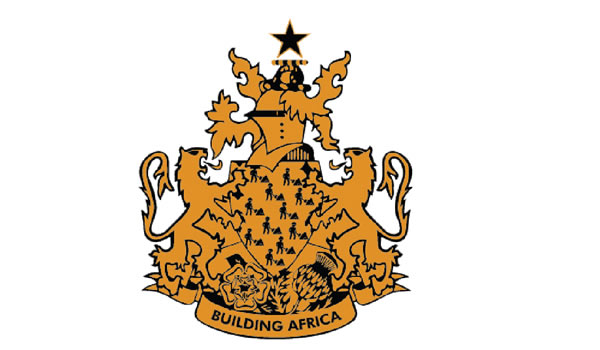
Beyond the building
The coming of the Hallmark House is not just great news for the Property Company or the famous designer. Different inhabitants of the upper Doornfontein area, where the building is located, are also thrilled with the transformation.
“This area was one of the most dangerous places. When we saw development along Fox and Main, we wondered when it would reach our side of town. Now that this building is finished, we feel more secure as there is more activity and security”, says Mwiza Sambo, a nearby resident on Van Beek street.
In a country where 58% of its unemployed are youth between the ages of 15 and 34, projects such as the Hallmark House are creating various opportunities by giving platforms to young creatives. Although the Maboneng precinct is home to a lot of tourists and visitors, one of the biggest limitations in the area was the lack of a suitable hotel.
“With an addition of such a huge hotel, there will be more tours and more businesses for artists and restaurant owners here, thus creating a cash flow that is very much needed for the commercial province of the country”.
Such inclusion is vital for South Africa’s growth. Since the end of the Apartheid rule in 1994, the country has struggled to maintain its “rainbow nation” status- especially in the area of property and real estate.
Traditional suburbs like Sandton are still largely white-owned, and most black families still occupy high-density locations, popularly known as townships. With more and more structures like the Hallmark House, which houses a diversity of income brackets and color, Johannesburg is surely playing a big role into translating the Mandela vision of transforming South Africa into a rainbow nation.
Source: Africa.com
Comments System WIDGET PACK




.jpg)



